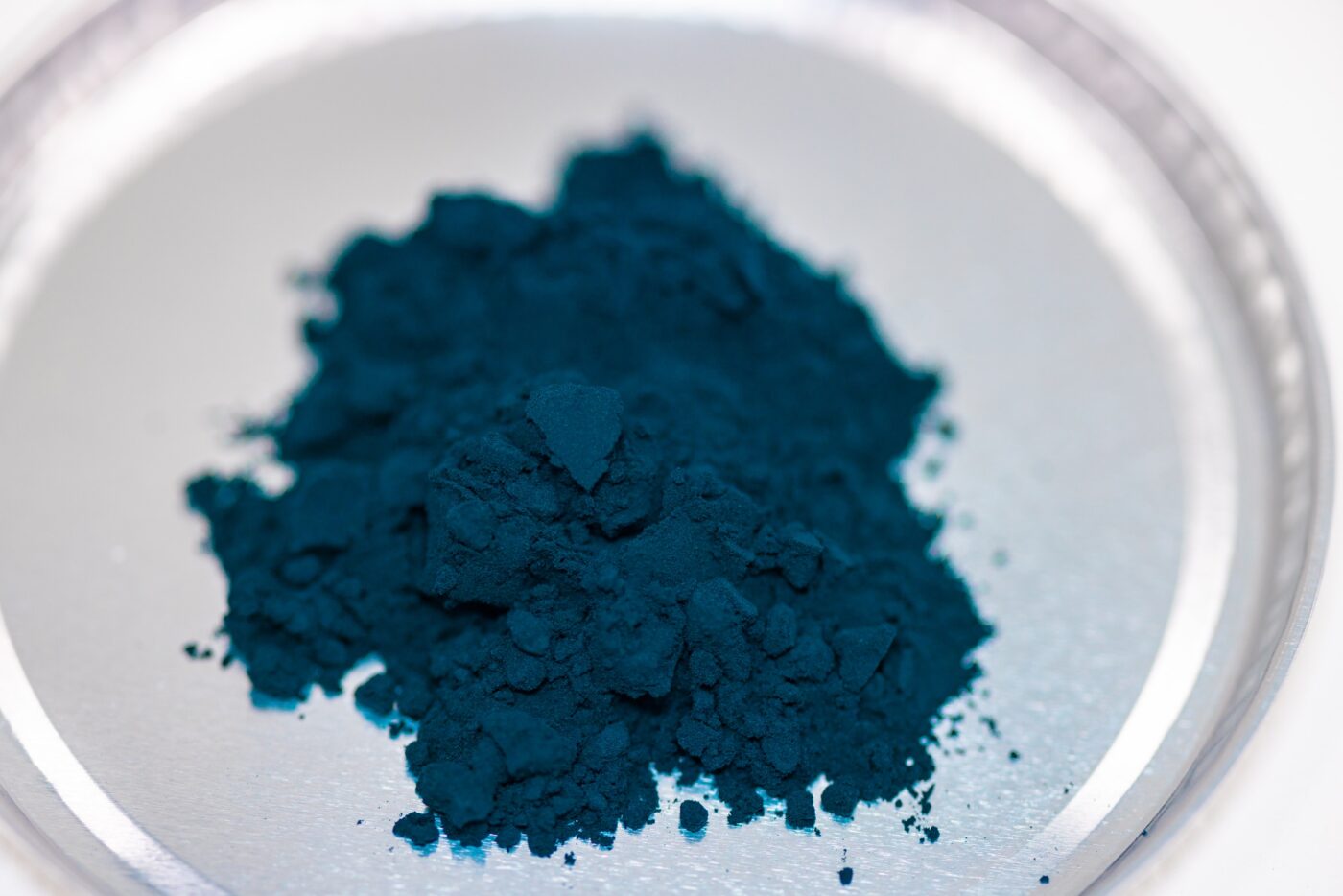Chalmers University confirms potential of sodium batteries as lithium alternative
Unlike lithium, sodium is “a very common substance,” writes the Chalmers team, and is found, for example, in sodium chloride. Moreover, table salt and biomass from the forest industry comprise the primary raw materials inside the cells the researchers looked at, which leads to “abundance”. This is particularly advantageous regarding the “impact on mineral resource scarcity, and equivalent in terms of climate impact,” Chalmers writes.
The team also delivered some numbers. Depending on the scenario, sodium-ion batteries end up between 60 and just over 100 kilogrammes of CO2e per kWh (theoretical) electricity storage capacity. “This is lower than previously reported for this type of sodium-ion battery,” explains Rickard Arvidsson, Associate Professor of Environmental Systems Analysis at Chalmers. “It’s clearly a promising technology.”
The life cycle assessment calculated the impact of two types of batteries from cradle to gate, from raw material extraction to manufacturing a battery cell. The Chalmers team based the batteries on said abundant raw materials. The anode comprises hard carbon from either bio-based lignin or fossil raw materials, and the cathode contains so-called “Prussian white” (consisting of sodium, iron, carbon and nitrogen). The electrolyte contains a sodium salt.
This is similar to the recent cells shown by Northvolt and common in sodium-ion battery development. CATL and others in the industry are also pushing the technology since sodium-ion batteries, SIB for short, are one of the few alternatives to Lithium-ion batteries, as these forego not just the potential scarcity but also the price of lithium. (Note that Chinese manufacturers with better access to resources in a China-dominated market have also seen the price of lithium fall, which could affect SIB’s competitiveness in future.) Last spring, we evaluated the technology in this report.
The Chalmers study confirms the developments.” Batteries based on abundant raw materials could reduce geopolitical risks and dependencies on specific regions, both for battery manufacturers and countries,” said Arvidsson.
Apart from scarcity and geopolitics, the Chalmers team also identified measures to reduce further climate impact, such as developing an environmentally better electrolyte, as it accounted for a large part of the battery’s total impact.
They further modelled production to correspond to a future, large-scale production. For example, the actual production of the battery cell is based on today’s large-scale production of lithium-ion batteries in gigafactories.
Two different electricity mixes were tested, as well as two different types of allocation of resources and emissions. One where the climate and resource impact is distributed between byproducts based on mass, and one method where all impact is allocated to the main product (the sodium-ion battery and its components and materials).
The Swedish Energy Agency funded the study through the Battery Fund Program, and it has been published in the Journal of Industrial Ecology.
chalmers.se, wiley.com (full report)





2 Comments